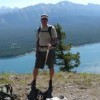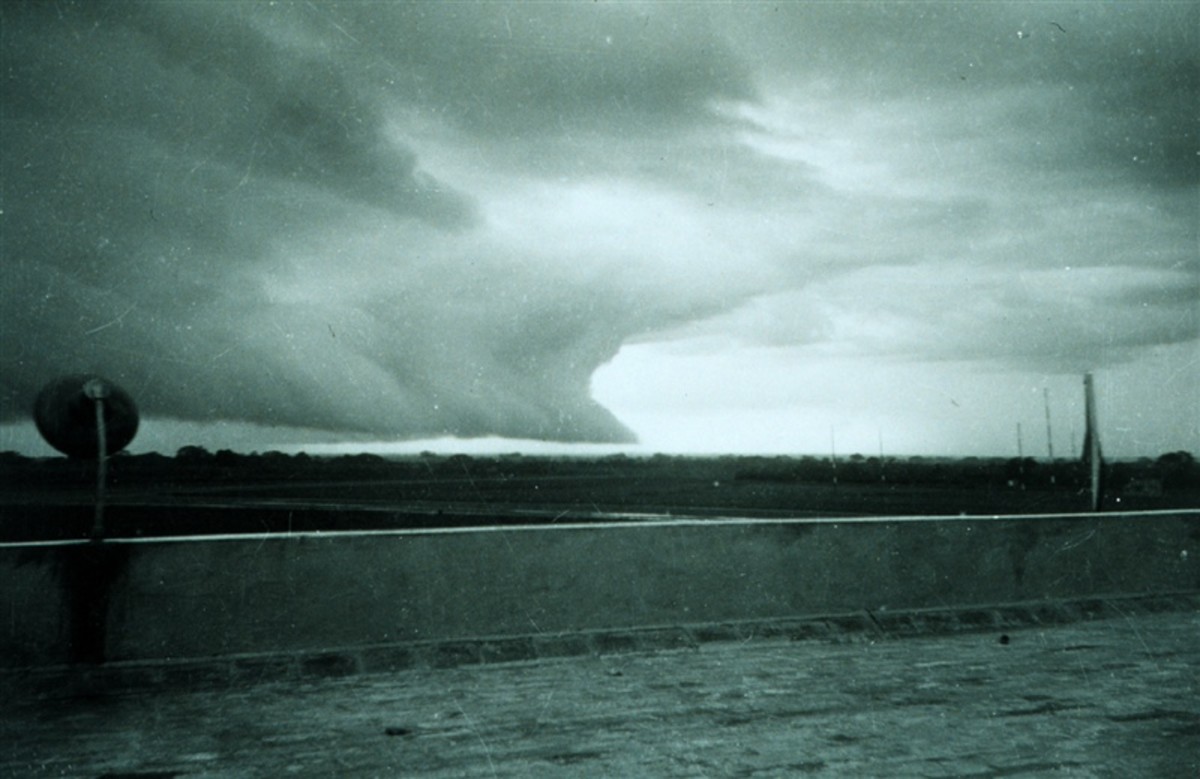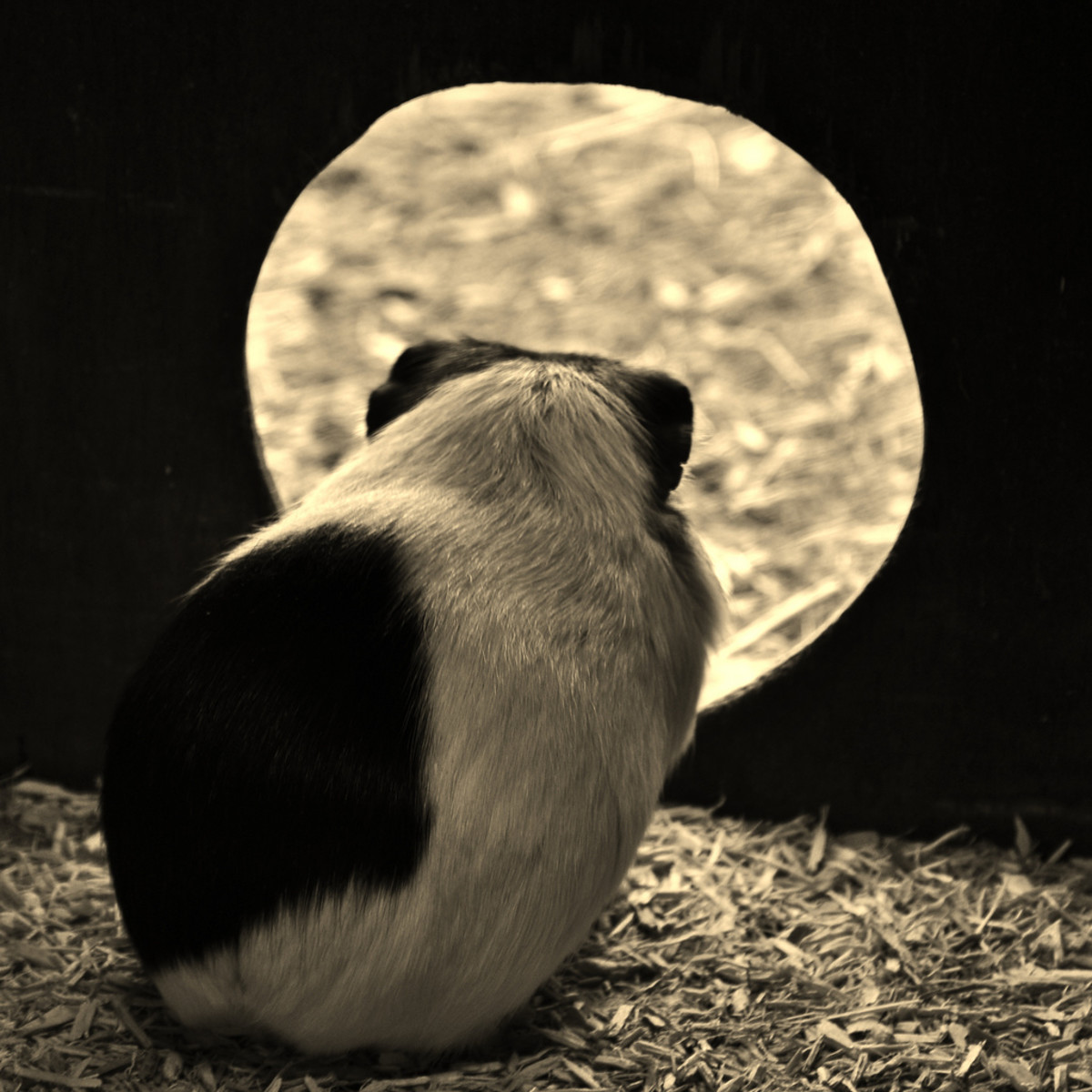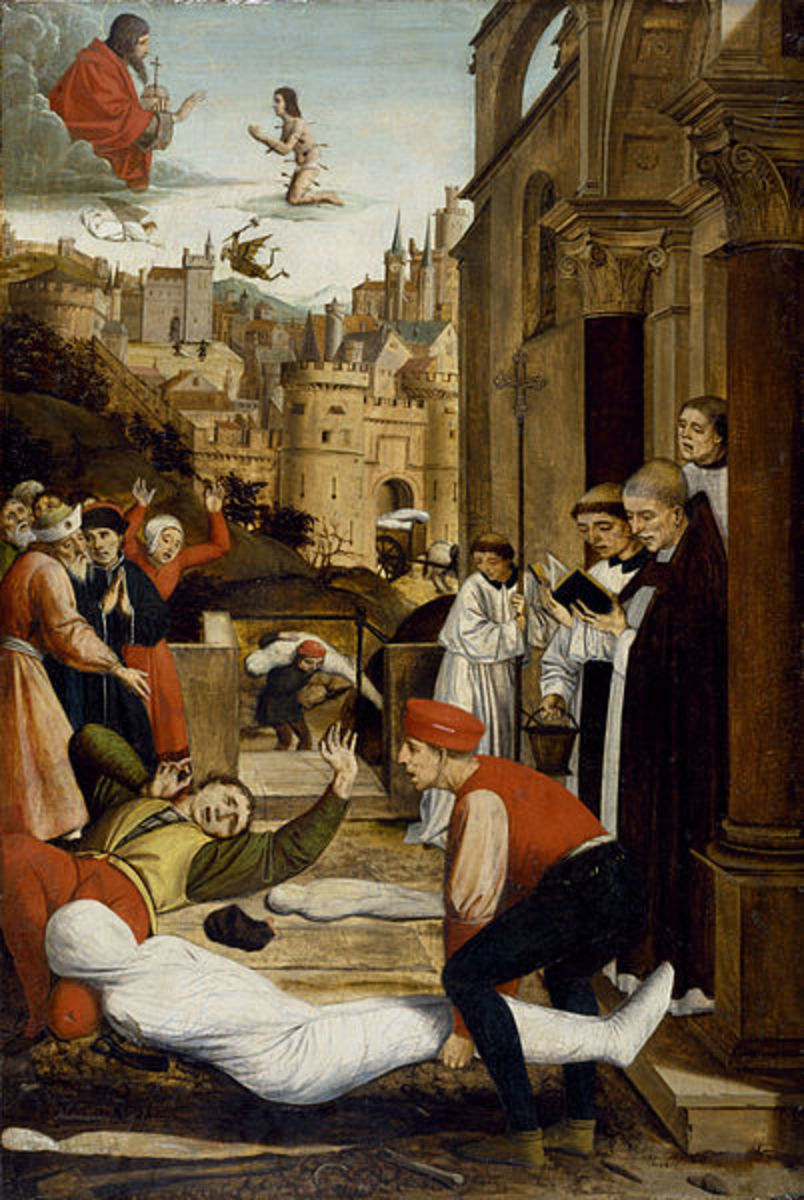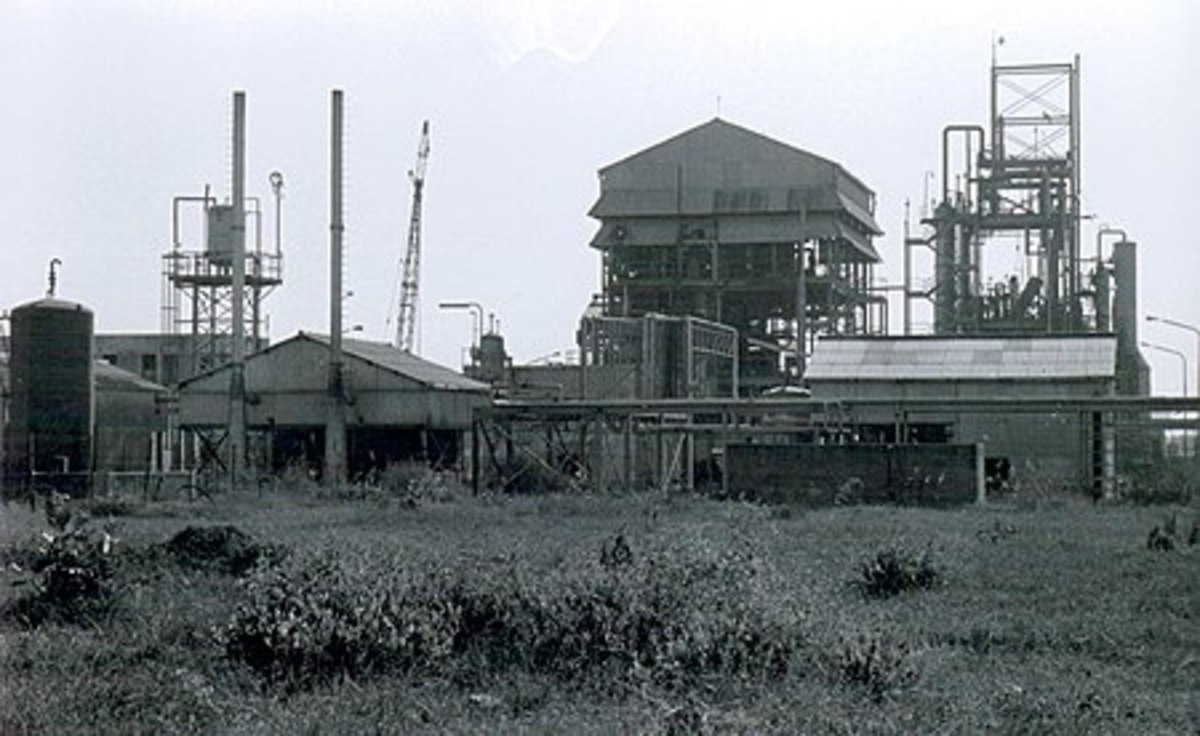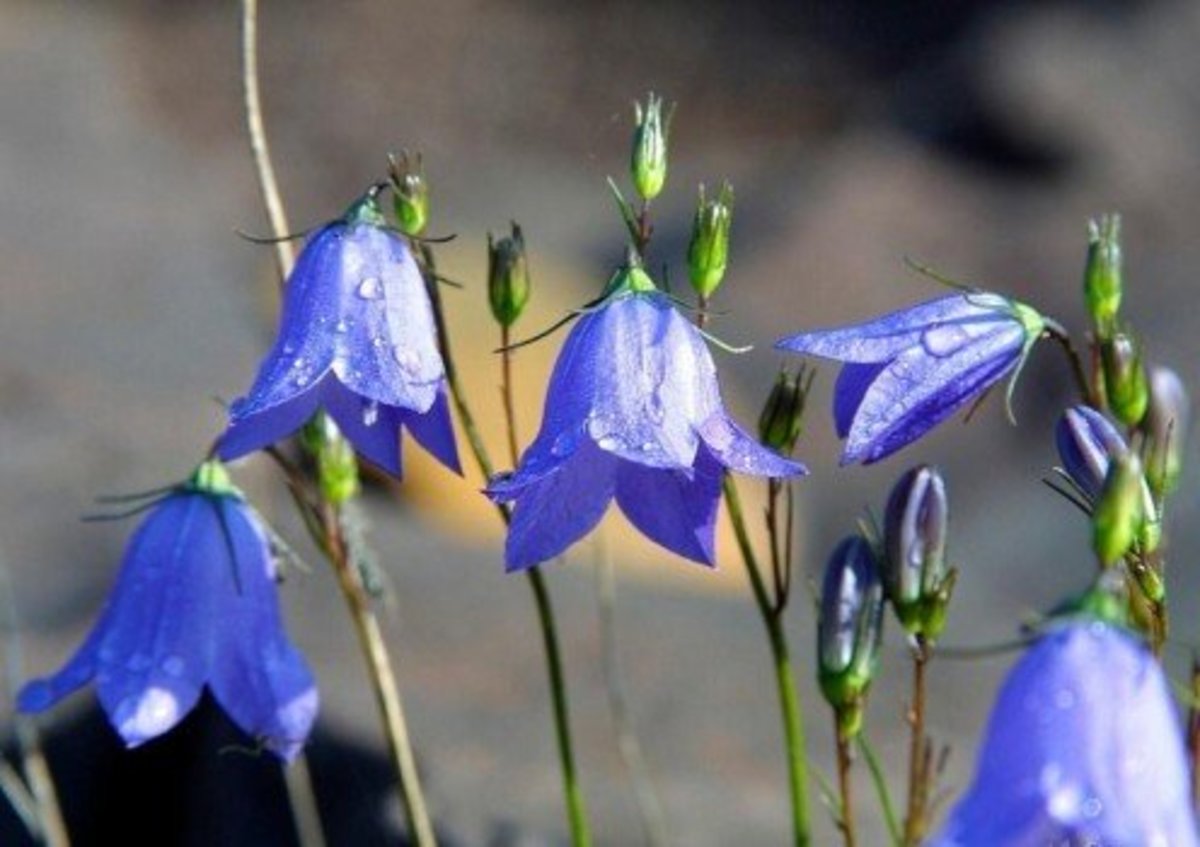What Causes Wind?
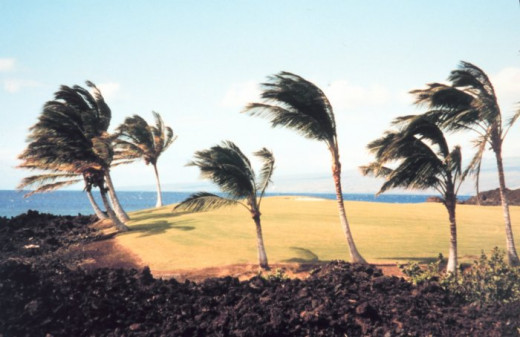
The Wind is one of the most important features of the weather, in fact if we didn't have wind we wouldn't have weather as the ability of the air to move is one of the key factors in causing the weather. It is therefore a good idea to take a look at what wind is and how it is caused.
Wind is All About Pressure
Wind is caused by differences in air pressure from area to another. There is a natural tendency for the air to move to try to balance out the differences in pressure, this is what causes the wind. It is similar to what occurs when you put water into a container, the water does not stay on one side of the container but rather spreads out so that it is evenly distributed throughout the container. The air does the same thing and the movement of the air is what causes wind.
This of course begs the question of what causes differences in pressure? Different pressures are caused uneven heating of the earth's surface. Some areas get more sunlight than others and this causes them to be warmer. In addition some surfaces heat up faster than others again causing differences in temperature. The atmosphere is then heated by conduction from the surface of the earth so that the air that is over top of warmer areas will also become warmer. Because warm air is less dense than cold air it has a lower pressure.
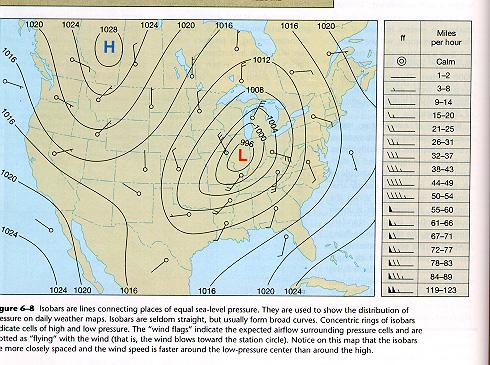
The Pressure Gradient Force
Since the wind is caused by pressure differences it should come as no surprise to learn that the bigger the difference in pressure the stronger the wind will be. This is known as the pressure gradient force and you can see it easily if you look at a weather map. The areas where the isobars are close together has what is known as a tight pressure gradient and will have a strong wind. Areas where the isobars are farther apart will have a slack pressure gradient and a weaker wind.
You can think of the isobars on a weather map as being similar to the contour lines on a topographical map. In this case however rather than showing how steep a slope is they show how steep the pressure gradient is.
Pressure Gradient Force
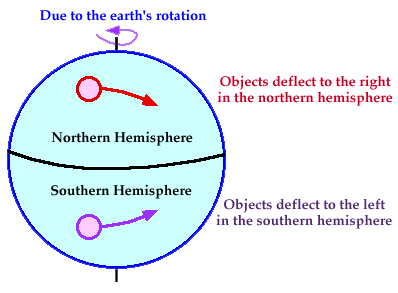
The Coriolis Force
While the wind moves from areas of high pressure to areas of low pressure it does not do so in a direct line. This is because of the Coriolis force which is the result of the fact that the earth is narrower at the poles than at the equator. The result is that as you move toward the poles the wind will be deflected to one side, which side depends on whether you are going north or south.
The result is that in the northern hemisphere the wind will travel in a counterclockwise direction around areas of low pressure and in a clockwise direction around areas of high pressure. The opposite is true in the southern hemisphere.
Coriolis Force
Buys Ballot's Law
Because we know which way the wind blows around a low or high pressure area we can use this to determine where the low or high pressure areas are, something that is very useful if you want to forecast the weather and don't have access to a weather station or at least a weather map.
If you stand with your back to the wind the area of low pressure will be on your left and the area of high pressure on your right if you are in the northern hemisphere, again things are reversed in the southern hemisphere.
This is known as Buys Ballot's law and is named after Christophorus Buys Ballot a Dutch meteorologist who first formalized the law in a book written to help sailors to predict the weather.
Localized Winds
So far the winds we have talked about have all been large scale effects, what meteorologists would call a synoptic scale. There are however other winds that are caused by local effects, the most well known of these is a sea breeze.
A sea breeze is caused by the fact that the temperature of water changes much more slowly than the temperature of the land. The result is that during the day as the surface of the land heats up more than the water causing the air over the land to be warmer, this tends to result in a wind blowing towards the land.
The opposite happens at night when the land cools down to be cooler than the water producing a sea breeze.
A couple of other important localized winds are known as anabatic and katabatic winds. These are uphill and downhill winds are caused by differences in the heating of steep slopes. Some areas get more sun than others and this causes a localized wind, they are especially common in valleys.
